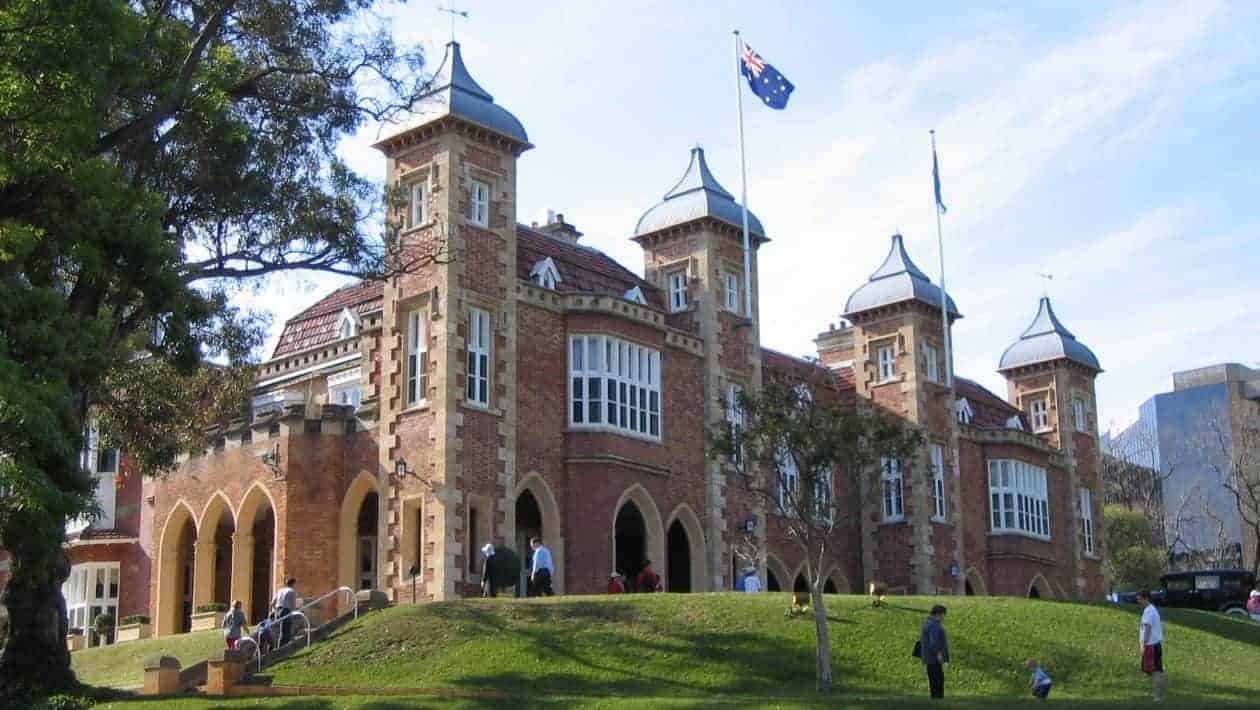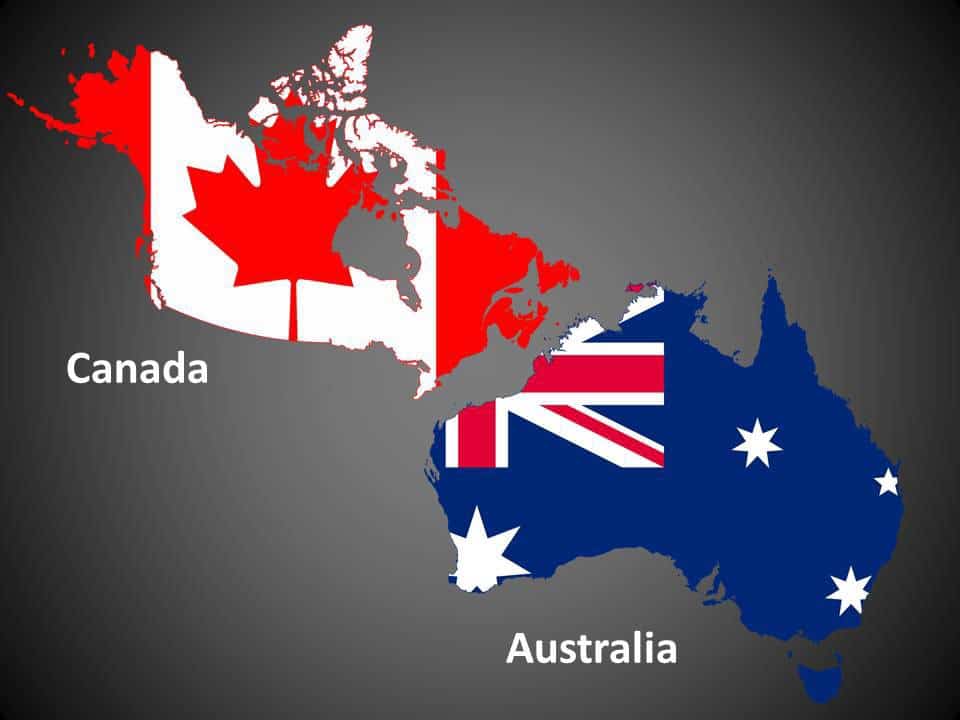Canada and Australia have pursued completely various immigration plans in these years—a trend which has continued during the corona virus crisis.
Immigration is important to the economic health of both Canada and Australia. In these years, the two countries have become increasingly reliant on new permanent residents and temporary visa holders such as international students and foreign workers to support their population, labour force, and economic growth.
International students are a useful proxy to assist us understands the economic advantages of immigration in both countries. The international students contribute some $22 billion yearly to the Canadian economy, helping 170,000 employments in the process. They contribute $39 billion to Australia’s economy annually and support 240,000 employments.
OF Canada’s 38 million people some 22 percent people are immigrants while of Australia’s 25.5 million people some of 30 percent are immigrants.
This tells us that the 8 million immigrants in every country have an even larger—and more positive—impact on the economy and employment creation.
However, Canada and Australia have pursued fully different immigration plans in these years—a trend which has continued during the corona virus crisis.
Immigration plans going in opposite directions
Canada has been permanently growing its immigration levels since the late 1980s, and in these years, has been growing them more aggressive to support its economy. Australia also began to extend its levels in the late 1990s but it’s shifted course over the previous some years.
Only some days before it had been hit hard by the corona virus crisis, Canada declared it might be targeting the arrival of 340,000 permanent residents in 2020 (which on a per capita basis, is 0.9 per cent of its population) and even higher levels in 2021 and 2022. Canada was previously averaging around 260,000 permanent resident arrivals each year until 2016 when it decided it might be aiming for a minimum of 300,000 annual arrivals.
The Canada is targeting 58 per cent of its immigrants to arrive under the economic class, 27 per cent under the family class, and 15 per cent for refugee and other humanitarian grounds.
During this, Australia declared previous year that it had been decreasing its annual permanent resident target by 30,000 to 160,000 immigrants annually until 2023 (0.6 percent of its population). Before the declared cut, Australia has frozen its target at around 190,000 immigrants for eight straight years.
According to the Australia’s recent plan, 70 per cent of immigrants will come under the economic class and 30 per cent under the family class.
Canada inviting even more immigration applicants during COVID-19 pandemic
The corona virus pandemic has understandably affected both countries’ immigration systems; however Canada is still trying to come as near as possible to obtaining the economic class targets outlined in its immigration levels plan.
In April, Canada provided 11,700 invitations to give an application for fixed residence under its federal Express Entry application management system, compared with 7,800 the last month, and 8,000 in February. Besides, Canada’s provinces still provide permanent residency pathways for immigration applicants during this era.
On the opposite hand, the pandemic has resulted in a important decline in Australia’s economic class invitations.
Previous month, Australia issued 100 invitations under its Skill Select expression of interest system, compared with 2,050 in March, and 1,500 in February.
Why both countries need immigrants
Both Canada and Australia welcome immigrants thanks to their aging populations and fewer birth rates.
In Canada the median age is 41 while in Australia its age is 38.
In Canada’s birth rate is 1.5 while in Australia it is 1.7.In both situation, the birth rate is below what’s needed to easily replace the population (2.1 babies per woman).
In 2018-19, Canada’s population grew by 1.4 per cent (531,000 people), with 82 per cent of the population growth because of permanent and temporary resident comes, and 18 per cent from natural increase (births minus deaths).

In 2018-19, Australia’s population grew by 1.5 percent (371,000 people), with 62.5 percent of the population growth coming by permanent and short-term residents, and from natural increase 37.5 percent.
Immigration has proven important to both countries abilities to help labour force growth, which is among the two ways to grow the economy.
Besides, immigrants assist to alleviate the fiscal pressures both countries face because of their aging populations since the economic activity created by immigrants assists to support the govt revenues that are necessary to fund important social services such as health care, which is just becoming more costly to deliver because of rapid population aging.
How will Canada and Australia respond post-corona virus?
Some political leaders in Australia are already demanding for even more cuts to the country’s immigration levels because of the COVID-19 crisis. As an example , Senator Kristina Keneally recently declare in the Sydney Morning Herald that maintaining the equal levels of immigration will be hurt Australian workers.
There has been less political discussion so far in Canada on the country’s immigration policies post-pandemic; however Canada’s immigration minister recently advised that the federal govt remains committed to welcoming immigrants to assist Canada’s economic recovery.
Given how fluid the corona virus crisis is, nobody can predict the longer term of Canada and Australia’s immigration policies. Although, Canada’s decision to invite more Express Entry immigration applicants previous month is telling of its desire to continue high levels of immigration to help its economy.
Besides, there are four factors that have enabled Canada to maintain high levels of immigration, even following difficult economic eras including after the 2008-09 global financial crisis.
The four factors of Canada’s history, geography, policies, and politics can see Canada stick near to its 2020-2022 Immigration Levels Plan once the pandemic is behind us.


















 Education in Canada is usually distributed into primary education, tailed by secondary education and post-secondary. It covers both publicly-funded and private institutes.
Education in Canada is usually distributed into primary education, tailed by secondary education and post-secondary. It covers both publicly-funded and private institutes.